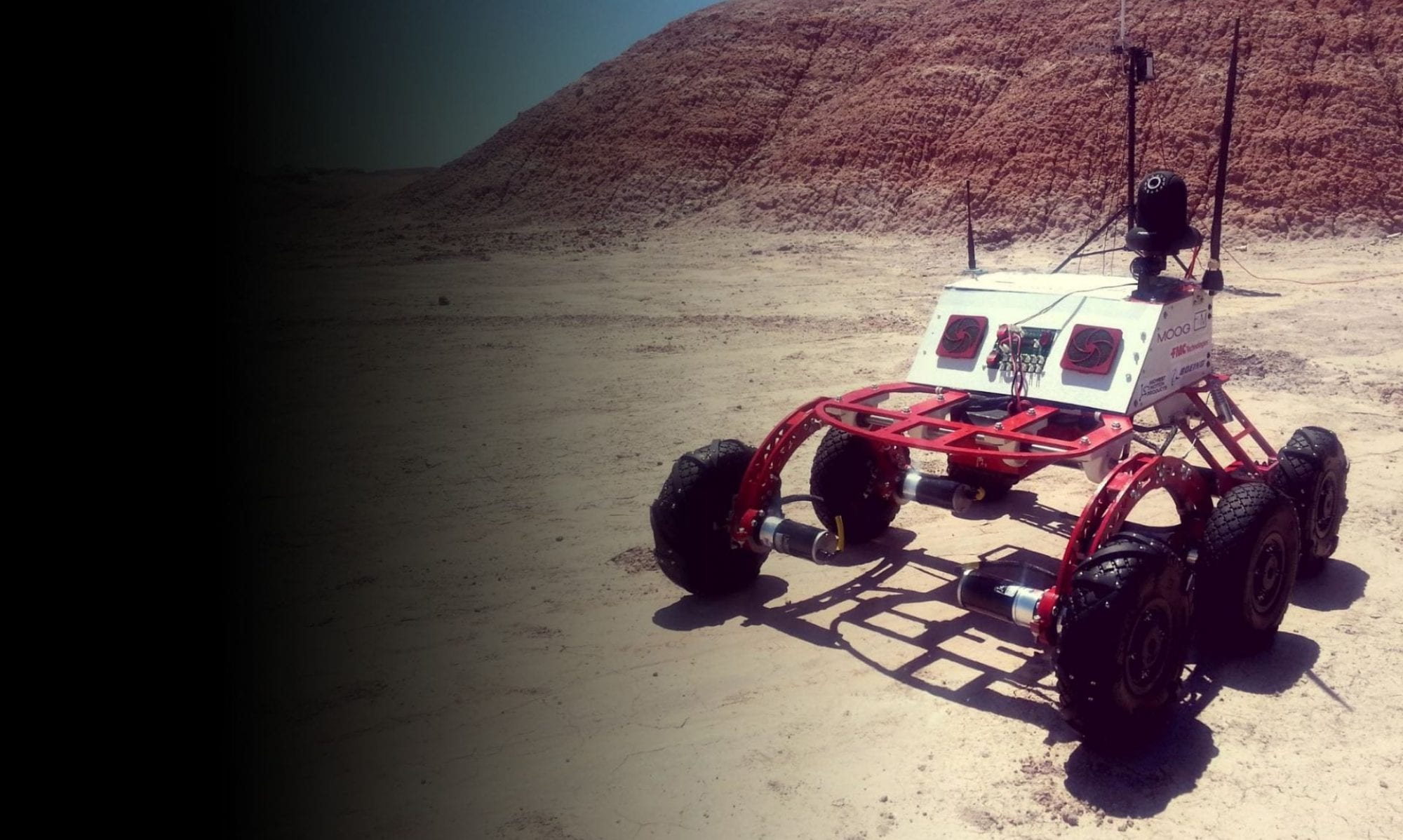10/23/18
Speaker 1: Thais Campos de Almeida, Cornell University (Kress-Gazit Group)
Title: A novel approach to synthesize task-based designs of modular manipulators
Abstract: A remarkable advantage of modular robots is that they can be rearranged to perform several different tasks; however, selecting a new configuration for a specific task can be a complex problem. In this talk, I present a new approach for synthesis of provably-correct design and controls of robotic manipulators given a task description. In our framework, we use tools from the program synthesis community, which enables us to not only find a design for a feasible task but also to identify feasible and infeasible subtasks within the task and search for multiple designs that satisfy the entire task. I will also briefly present a new formulation for the inverse kinematics problem used in this work, as well as compare our approach with the state-of-art techniques used to solve this problem.
Speaker 2: Yuhan Hu, Cornell University (Hoffman Group)
Title: Using Skin Texture Change to Design Social Robots
Abstract: Robots designed for social interaction often express their internal and emotional states through nonverbal behavior. Most robots use their facial expressions, gestures, locomotion, and tone of voice. In this talk, I will present a new expressive nonverbal channel for social robots in the form of texture-changing skin. This is inspired by biological systems, which frequently respond to external stimuli and display their internal states through skin texture change. I will present the design of the robot and some findings from the experiment of user-robot interaction.
Speaker 3: Haron Abdel-Raziq, Cornell University (Petersen Group)
Title: Leveraging Honey Bees as Cyber Physical Systems
Abstract: Honey bees, nature’s premiere agricultural pollinators, have proven capable of robust, complex, and versatile operation in unpredictable environments far beyond what is possible with state-of-the-art robotics. Bee keepers and farmers are heavily dependent on these honey bees for successful crop yields, evident by the $150B global pollination industry. This, coupled with the current interest in bio-inspired robotics, has prompted research on understanding honey bee swarms and their behavior both inside and outside of the hive. Prior attempts at monitoring bees are limited to the use of expensive, complicated, short range, or obstruction sensitive approaches. By combining traditional engineering methods with the honey bee’s extraordinary capabilities, we present a novel solution to monitor long-range bee flights by utilizing a new class of easily manufactured sensor and a probabilistic mapping algorithm. Specifically, the goal is to equip bees with millimeter scale ASIC technology “backpacks” that record key flight information, thus transforming a honey bee swarm into a vast cyber-physical system which can acquire data related to social insect behavior as well as bust and bloom over large areas. Foraging probability maps will then be developed by applying a simultaneous localization and mapping algorithm to the gathered data. The project is still in its initial phase and thus, we will discuss the motivation for this project as well as provide background on the various enabling technologies. We will then discuss a prototype system for gathering data on flight patterns prior to placing the actual technology on a bee. The data yielded from this work will benefit both the scientific community and bee keepers with knowledge gains spanning low power micro-scale devices and robotics, to improved understanding of how pollination occurs in different environments.


